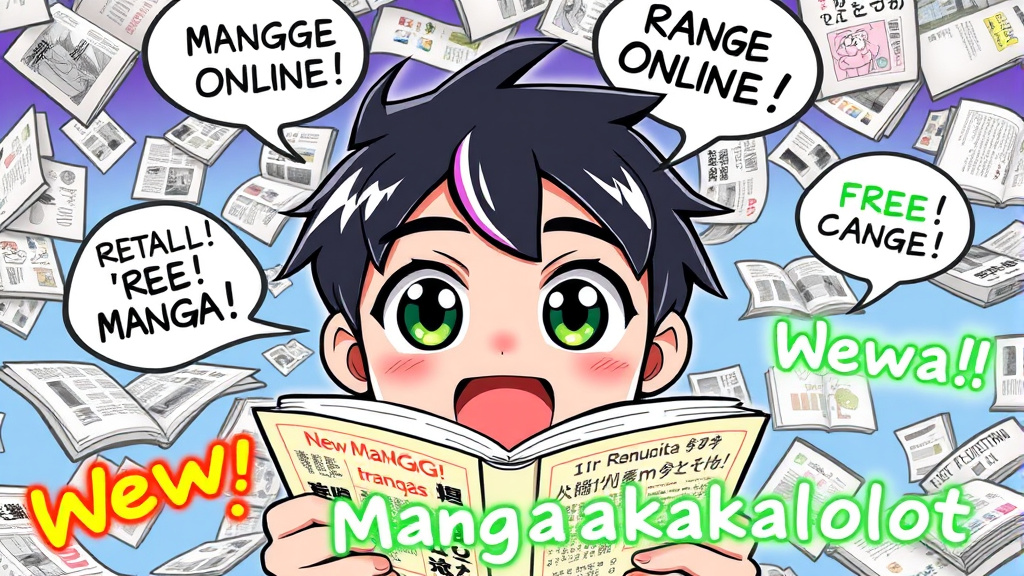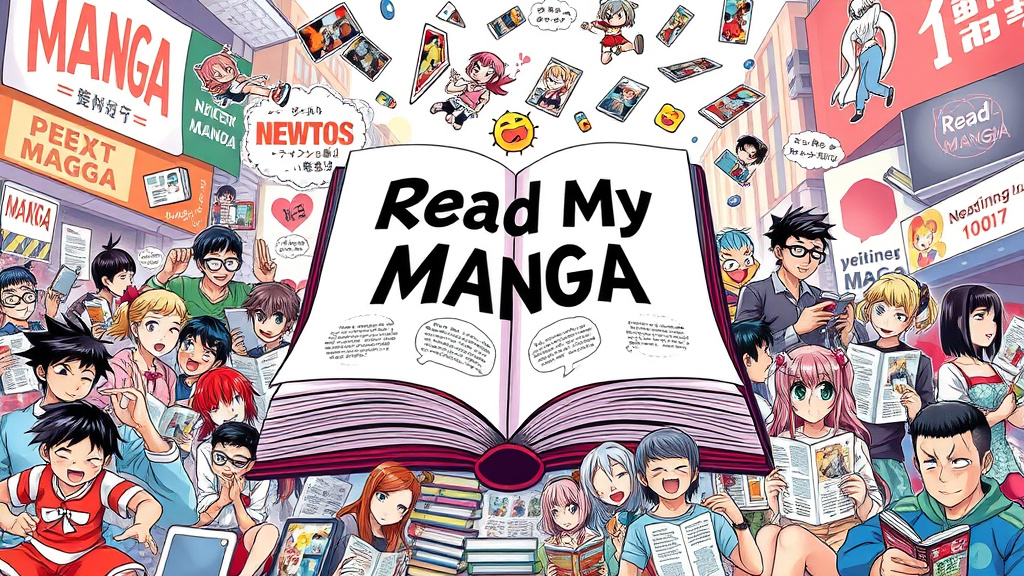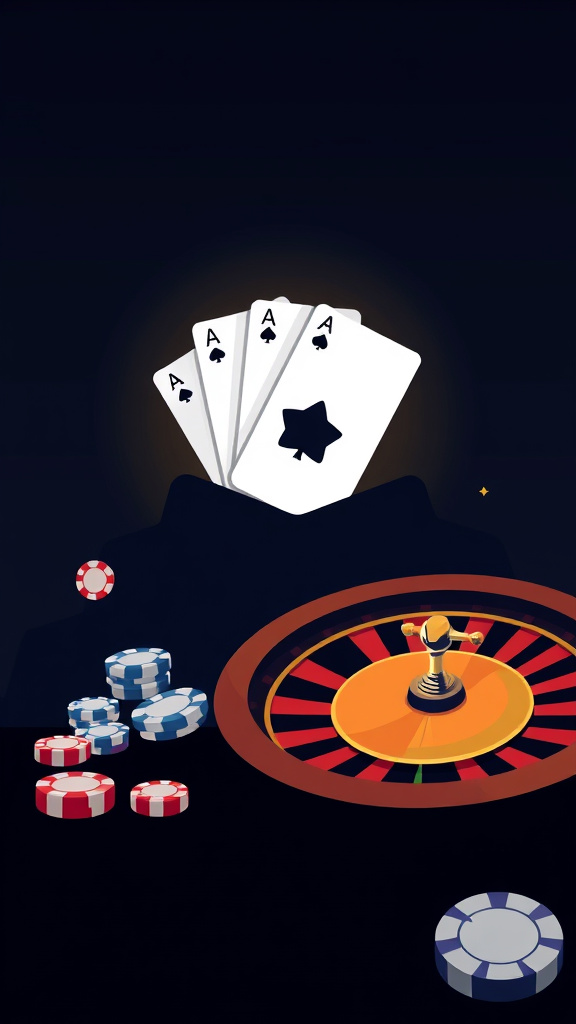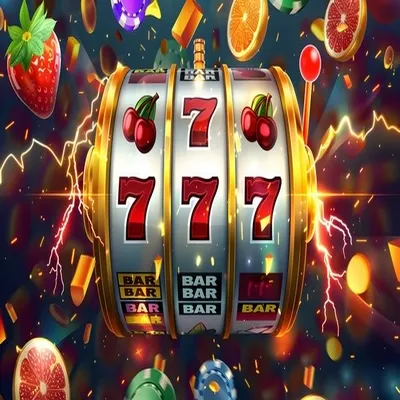manga comics in english have become a cultural phenomenon, captivating readers worldwide and revolutionizing how comics are enjoyed outside Japan. With their unique storytelling, art style, and diverse genres, manga has transcended linguistic and cultural barriers, offering a compelling alternative to traditional Western comics. This comprehensive exploration delves into the rise of manga, the intricacies of translation, genre diversity, and its profound influence across the globe, especially within the English-speaking community.
The Rise of Manga - Exploring the Popularity of English-Translated Comics
The surge in popularity of manga comics in English can be traced back to the late 20th century, where imports of Japanese manga started gaining significant traction alongside the rising anime fandom. What made manga stand out was its deeply layered storytelling, distinctive art style, and a wide spectrum of genres catering to all demographics—from action and adventure to romance, horror, and slice-of-life. The accessibility of manga in English, thanks to dedicated publishers and fan translations, has played a pivotal role in fostering a global community of passionate readers. Today, manga dimensions extend beyond the pages to impact fashion, art, and even language learning, showcasing its versatile appeal.
Moreover, the internet has democratized access to manga comics in English, enabling fans worldwide to read translated works instantly through scanlations and official online platforms. The cultural exchange fostered by this digital dissemination has enriched the diversity of manga available in the English-speaking world, inspiring countless creators and further fueling its popularity. These dynamics show that the phenomenon is not just a fleeting trend but a solidified part of contemporary pop culture, driven by both fans and professional publishers committed to delivering authentic stories to a broad audience.
 Hình minh họa: manga comics in english – manga sites without ads
Hình minh họa: manga comics in english – manga sites without adsBeyond the Bookshelf - Where to Find English Manga Comics Online and Offline
Finding manga comics in English has never been easier, thanks to a burgeoning network of platforms and physical stores dedicated to serving the growing fanbase. Online, major digital publishers like VIZ Media, Kodansha, and Yen Press offer extensive catalogs of manga in English, often with simultaneous publication of the latest chapters, which allows fans to stay abreast of current series. Subscription services and apps like Manga Plus, ComiXology, and Crunchyroll Manga have further streamlined access, making it possible to browse, purchase, and even read manga on the go across multiple devices.
Offline, specialized comic book stores, manga cafes, and conventions remain pivotal in fostering community engagement. These physical venues provide opportunities for readers to discover manga series they might not find online, attend signings, and participate in cosplay or fan art competitions. Libraries and cultural exchange programs also play a vital educational role, exposing new audiences to manga's rich variety. The coexistence of digital and physical avenues ensures that manga comics in English remain accessible and vibrant, fostering an environment where new and seasoned fans can thrive and share their love for the medium.

Lost in Translation? Examining the Art of Translating Manga for English Readers
Translating manga is an art form in itself––a delicate process that balances fidelity to the original Japanese text, cultural nuances, and the linguistic preferences of English-speaking audiences. Translators must navigate idioms, puns, and contextual references that may not have direct equivalents, often requiring creative adaptations to preserve the story’s tone and humor. This process deeply influences how readers interpret characters and plot, making translation a crucial factor in manga's global success.
Yet, translation challenges can sometimes lead to controversy—fans debate about whether localization decisions should prioritize literal accuracy or cultural adaptation. High-quality translations also involve respecting the artist's visual storytelling, ensuring that dialogue bubbles, sound effects, and speech patterns complement the artwork seamlessly. As a result, a well-translated manga can fully convey the emotion, humor, and tension intended by the creators, dramatically enhancing the reader's experience and deepening the appreciation for manga as a global art form.
From Shonen to Shojo - A Genre Guide to English Manga Comics
Manga's diversity is one of its greatest strengths, with genres tailored to every age, interest, and aesthetic preference. Shonen manga, targeted primarily at young boys, often features action-packed stories with themes of friendship, rivalry, and self-discovery—classic examples include Dragon Ball and My Hero Academia. Shojo manga, aimed at young girls, focuses on romance, personal growth, and emotional narratives exemplified by series like Fruits Basket or Ouran High School Host Club.
Beyond these staples, English manga covers an extensive spectrum: seinen for adult men, josei for adult women, horror, fantasy, science fiction, sports, and even culinary manga. Each genre encapsulates a unique storytelling approach, artwork style, and cultural perspective, allowing readers to explore different facets of Japanese society and human experience. For newcomers, understanding these genre distinctions can enhance their appreciation and help them discover series that resonate with their personal interests, transforming manga into a richly immersive experience.
Manga vs. Comics - Unveiling the Key Differences for English Speakers
While manga comics in English share the comic book medium with Western comics, they differ significantly in art style, storytelling technique, and cultural context. Manga often employs a more detailed, expressive art style with distinct character designs and panel layouts that emphasize dynamic action and emotional nuance. Stories tend to be serialized, with multiple volumes building complex narratives over time, contrasting with the often episodic nature of Western comics.
Additionally, manga’s reading format—right to left—poses a unique challenge and tradition that distinguishes it from Western comics, which are read left to right. The cultural influences in manga, including Japanese societal norms, humor, and folklore, add layers of meaning that sometimes require careful translation to be fully appreciated by English-speaking audiences. Recognizing these differences enriches the reading experience and fosters cross-cultural understanding, showcasing manga's unique contribution to contemporary visual storytelling.
The Influence of Manga on Western Comics and Pop Culture in the English-Speaking World
Manga’s influence on Western comics and pop culture has been profound and multifaceted. Artists like Jim Lee and Frank Miller have openly drawn inspiration from manga’s dynamic art style and narrative approach, leading to innovative storytelling techniques in Western comics. Moreover, manga’s impact is visible in the rise of graphic novels, webcomics, and indie comic scenes that emphasize serialized storytelling, complex characters, and genre-bending narratives.
Beyond comics, manga has shaped trends in fashion, music, and entertainment, inspiring cosplay, fan fiction, and anime conventions that bring communities together. K-pop, streetwear fashion, and even Hollywood adaptations increasingly incorporate anime and manga-inspired aesthetics, demonstrating how these Japanese stories resonate globally. This cultural exchange elevates manga from niche entertainment to a central pillar of contemporary pop culture in the English-speaking world, fostering a truly global creative ecosystem.
Essential Manga Comics for English Readers - A Curated List
For those seeking to dive into manga comics in English, there are timeless classics and modern masterpieces worthy of exploration. Series like One Piece, with its adventurous spirit and complex characters, and Attack on Titan, delivering intense action and political intrigue, stand as must-reads. Genre-defining titles such as Nausicaä of the Valley of the Wind and Akira showcase manga’s artistic and narrative innovation, influencing countless creators.
Additionally, contemporary titles like Jujutsu Kaisen and Chainsaw Man exemplify current trends toward darker themes and innovative storytelling. For fans interested in romance, Kimi ni Todoke and Lovely Complex offer heartwarming stories of love and friendship. Curating a list based on your preferences can open doors to manga’s vast universe, enhancing both enjoyment and understanding of this vibrant storytelling medium.
Creating Manga in English - Opportunities and Challenges for Aspiring Artists
The rise of digital platforms and independent publishing has democratized opportunities for aspiring manga artists to create and distribute their work in English. Online tutorials, social media, and fan communities offer invaluable resources for learning the craft of manga style illustration, storytelling, and publishing. Many artists now publish their manga on platforms like Webtoon or Tapas, gaining followers and even attracting publishers’ attention.
Nevertheless, challenges remain—including navigating copyright issues, balancing artistic vision with market demand, and mastering the nuances of translation and cultural adaptation. Aspiring creators must also understand the importance of building a supportive community and developing a unique voice within the crowded space. Nevertheless, this environment offers unprecedented opportunities to turn passion into profession, contributing fresh voices to the ongoing global conversation around manga’s cultural significance.
Community and Conventions - Connecting with Fellow English Manga Enthusiasts
Community engagement is vital for maintaining the vibrancy of the manga fandom. Conventions like Anime Expo, MCM London Comic Con, and Anime Boston serve as hubs for fans to meet, cosplay, attend panels, and discover new manga series. These gatherings foster shared enthusiasm, spark collaborations, and provide platforms for artists to showcase their work.
Online communities, forums, and social media platforms also play an essential role in sustaining the dialogue around manga comics in English. Platforms like Reddit, Discord servers, and Twitter enable fans to exchange recommendations, discuss theories, and create fan art freely. These interactions nurture a sense of belonging and collective appreciation, helping to ensure that manga’s influence continues to grow, evolve, and innovate within the global cultural landscape.
The Future of Manga in English - Trends and Predictions
Looking ahead, the future of manga comics in English appears promising, driven by technological advancements and expanding global interest. The advent of AI-assisted translation and digital publishing will likely make manga more accessible and authentic, closing gaps caused by language and cultural barriers. Additionally, more publishers are investing in diverse genres, stories, and even original works created by international artists inspired by manga aesthetics.
Emerging trends such as interactive manga, augmented reality experiences, and multimedia adaptations suggest that manga will continue to evolve as an entertainment medium. Moreover, increased representation and storytelling by diverse voices promise richer narratives that resonate with a broader demographic. As the boundaries between cultures blur, manga's capacity to unite and inspire remains unlimited, heralding an exciting era for both creators and fans worldwide.
Conclusion
The phenomenon of manga comics in English encompasses much more than just translated stories; it signifies a global movement rooted in artistic innovation, cultural exchange, and passionate communities. From its rise in popularity and diverse genres to the dynamic online and offline ecosystems that support it, manga has profoundly shaped contemporary entertainment and pop culture. As technology advances and new voices emerge, the future promises even more exciting opportunities for enthusiasts and creators to connect, innovate, and expand this vibrant world of manga.





